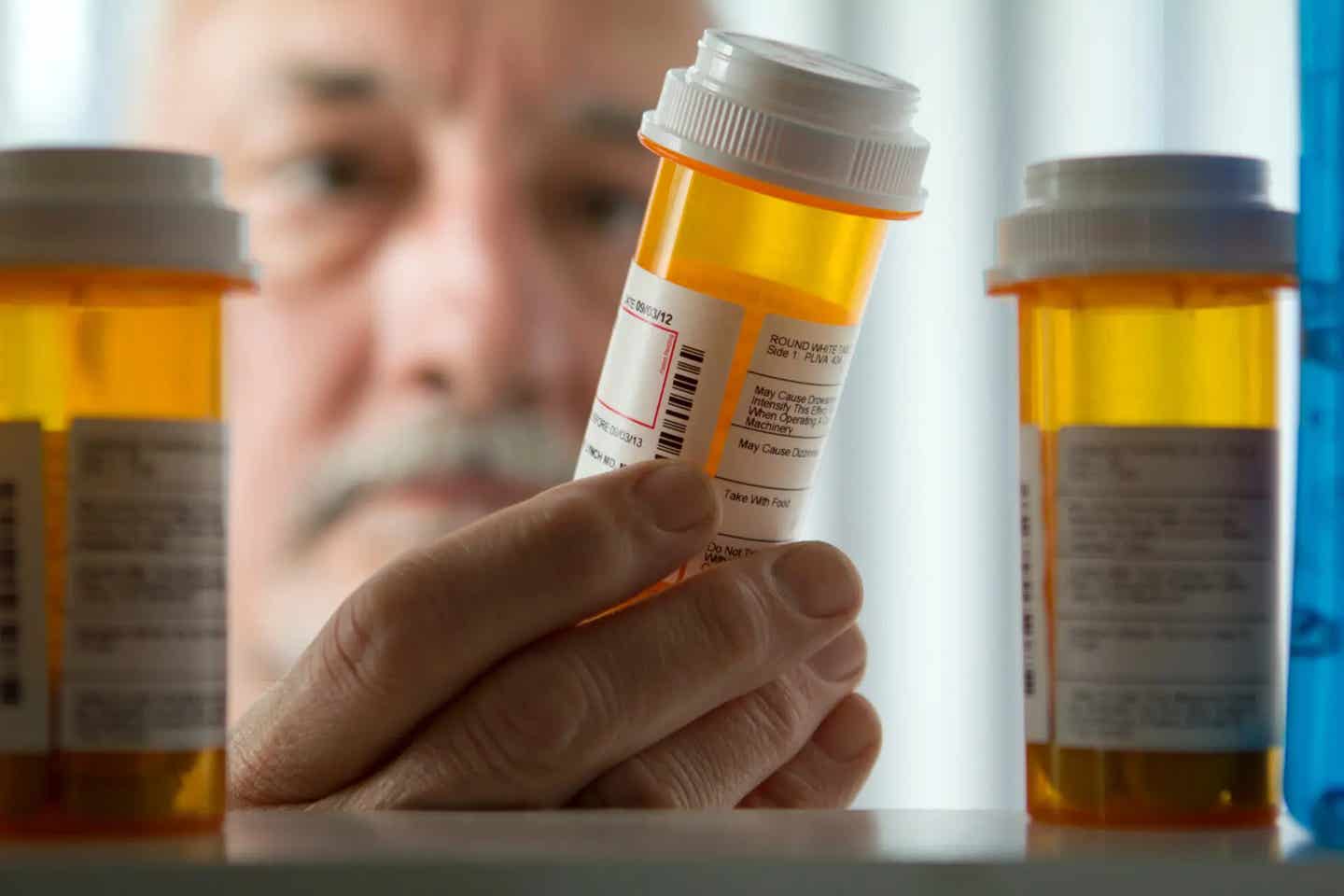Mammoth ice volcanoes found on Pluto
Ice volcanoes emit a “thicker, slushy mix of ice and water, or perhaps a solid flow like glaciers” rather than lava.

[Mar 31, 2022: Joshua Shavit, The Brighter Side of News]
Ice volcanoes emit a "thicker, slushy mix of ice and water, or perhaps a solid flow like glaciers" rather than lava. (CREDIT: NASA / JHUAPL / SwRI)
Scientists said Pluto's strange lumpy terrain indicates giant ice volcanoes were active on the dwarf planet relatively recently, unlike anything else observed in the solar system.
According to a new study in Nature Communications, Pluto's interior was significantly hotter much later than previously thought. The observation was made by analyzing images taken by NASA's New Horizons spacecraft.
According to Kelsi Singer, a planetary scientist at Colorado's Southwest Research Institute and study author, ice volcanoes emit a "thicker, slushy mix of ice and water, or perhaps a solid flow like glaciers" rather than lava.
Pluto's ice volcanoes "look so different from anything else we have seen before," Singer said. "The features on Pluto are the only vast field of very large icy volcanoes and they have a unique texture of undulating terrain."
Singer believes that it is difficult to pinpoint exactly when the ice volcanoes were formed "but we believe they could be as young as a few hundred million years or even younger".
Several moons in our solar system are believed to have ice volcanoes.
Related Stories:
Perspective view of Pluto’s icy volcanic region. (CREDIT: NASA/Johns Hopkins University Applied Physics Laboratory/Southwest Research Institute/Isaac Herrera/Kelsi Singer)
In contrast to much of Pluto, the region lacks impact craters, which means that "you cannot rule out that it is still in the process of forming even today", she added.
"They suggest that a small body like Pluto, which should have lost much of its internal heat long ago, was able to hold onto enough energy to facilitate widespread geological activity rather late in its history," she told reporters.
"These findings will cause us to re-evaluate the possibilities for the maintenance of liquid water on small, icy worlds that are far from the Sun."
David Rothery, professor of planetary geosciences at The Open University, said "we don't know what could provide the heat necessary to have caused these icy volcanoes to erupt".
The study found that one of the structures, the Wright Mons, is about five kilometers (three miles) high and 150 kilometers (90 miles) wide, and has about the same volume as one of Earth's biggest volcanoes, the Mauna Loa in Hawaii.
Rothery explained that he had been to Mauna Loa and "experienced how vast it is". "This makes me realize how big Wright Mons is relative to Pluto, which is a much smaller world than our own."
These analyzed images were taken by the New Horizons spacecraft, the first spaceship to pass by Pluto in 2015.
"We have so much left to learn about the solar system. Every time we go somewhere new, we find new things that we didn't predict. " Singer said.
For more science and technology stories check out our New Discoveries section at The Brighter Side of News.
Note: Materials provided above by The Brighter Side of News. Content may be edited for style and length.
Like these kind of feel good stories? Get the Brighter Side of News' newsletter.
Tags: #New_Discoveries, #Pluto, #Volcanoes, #Planets, #Science, #Solar_System, #NASA, #Space, #Astronomy, #Research, #The_Brighter_Side_of_News
Joseph Shavit
Head Science News Writer | Communicating Innovation & Discovery
Based in Los Angeles, Joseph Shavit is an accomplished science journalist, head science news writer and co-founder at The Brighter Side of News, where he translates cutting-edge discoveries into compelling stories for a broad audience. With a strong background spanning science, business, product management, media leadership, and entrepreneurship, Joseph brings a unique perspective to science communication. His expertise allows him to uncover the intersection of technological advancements and market potential, shedding light on how groundbreaking research evolves into transformative products and industries.



